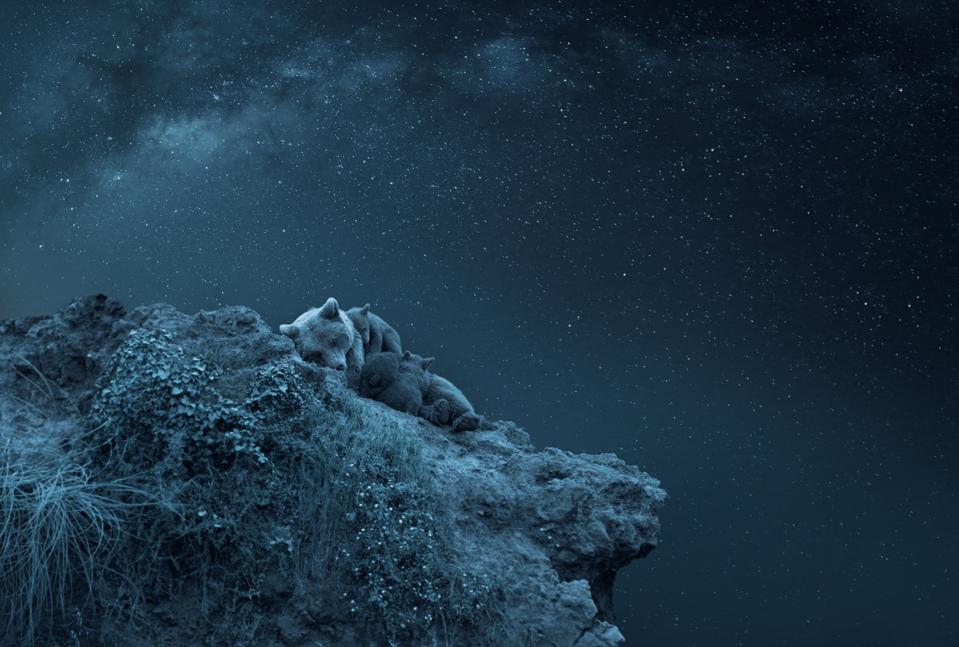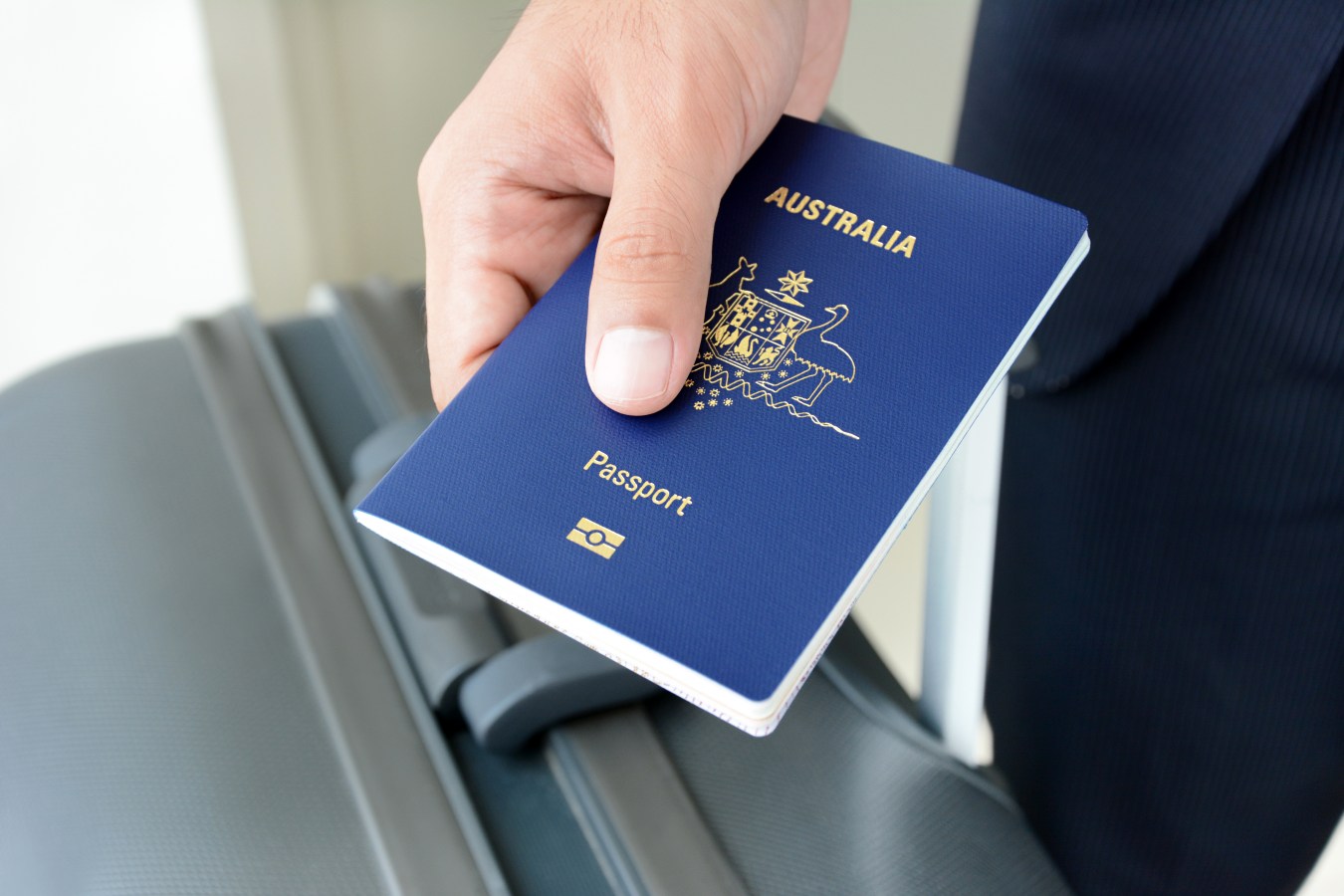Pascale Lepoivre has fronted luxury fashion brand Loewe since 2016, expanding the company’s physical retail presence in the Asia-Pacific region and executing category expansions. As the company opens its new Melbourne location on Collins Street, which is its largest retail footprint in Australia, Lepoivre sits down with Forbes Australia for a Q&A.
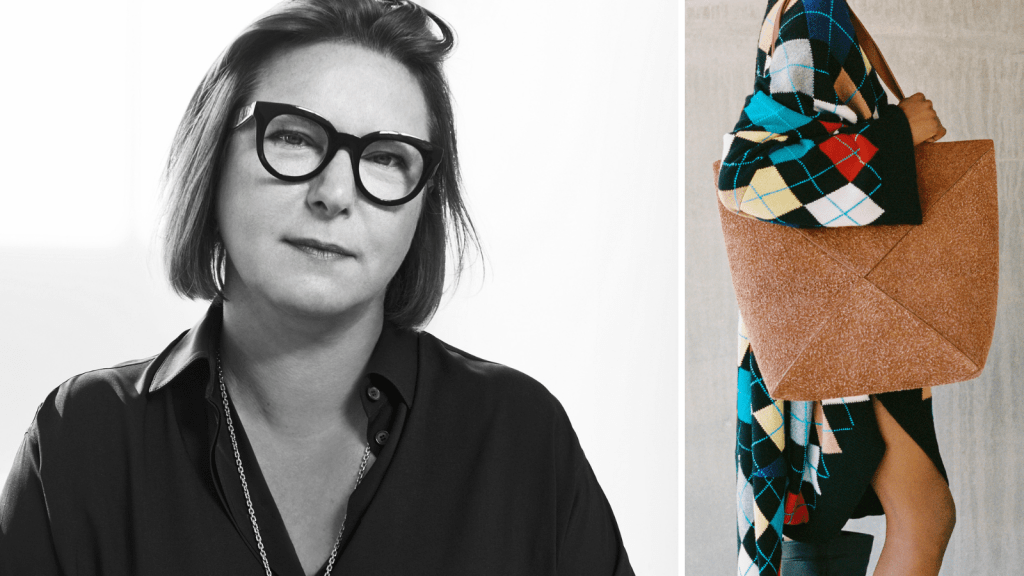
LOEWE is 175 years old and the oldest house in LVMH. How do you steer a company like that into the future? And you were previously the EVP of Celine, which is significantly, younger, so what had to change for you as CEO?
While my time at Celine was also a moment of brand transformation, the challenge at LOEWE has been different because it is unique in being the only luxury fashion house in Spain and in having such a long history.
In both cases I have had the privilege of working with immense creative talents, Phoebe Philo for Celine and (creative director) Jonathan Anderson for LOEWE. Since before I joined LOEWE, I was convinced that its powerful heritage combined with Jonathan’s creative vision held great potential: together we have been keen to embrace LOEWE’s heritage and leathermaking expertise, while simultaneously energizing and transforming the brand to be relevant and connect with today’s culture.
LOEWE is now a mix of its craft DNA, vibrant representation of Spanish lifestyle, bold creativity and above all a cultural brand which I think is one of the things which resonates with people.
How has LOEWE changed its approach to new collections after COVID—if at all?
The pandemic represented a transitional moment for LOEWE. After COVID Jonathan shifted the direction of the collections to be more blunt, elevated and often with a surreal edge. We also focused on our local customers which had an impact on the product assortment as well. The traction we experienced with local customers helped us to elevate our offer and expand collections across key categories.
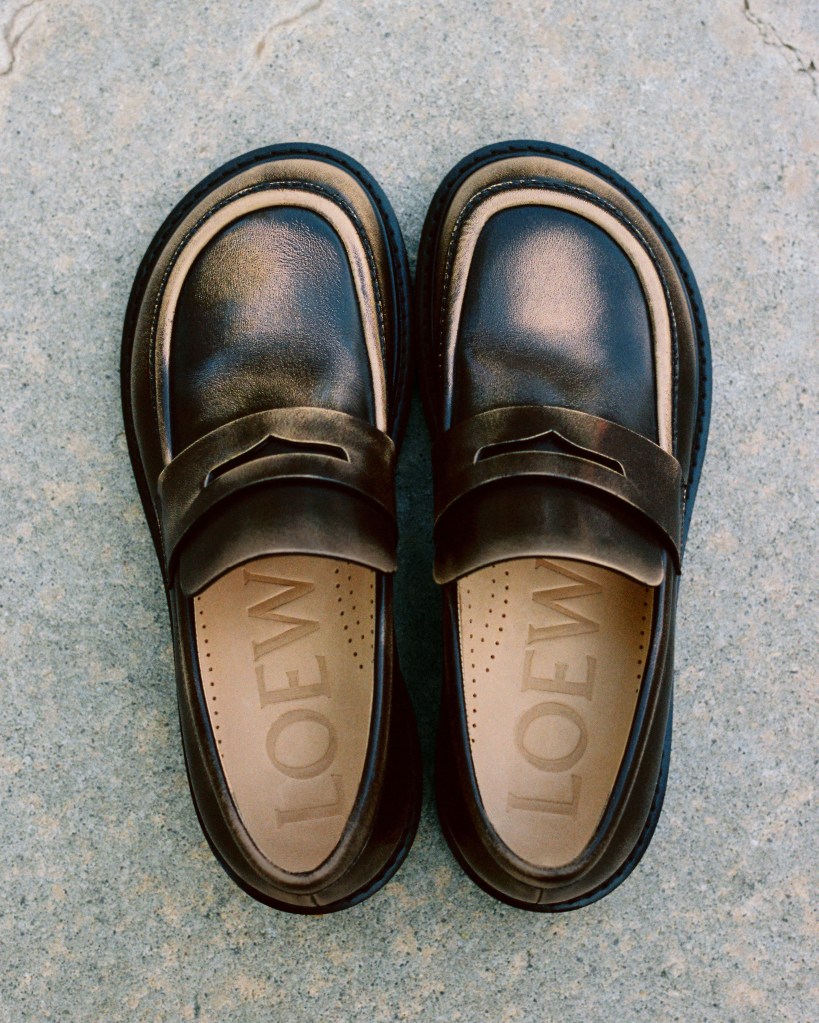
While LOEWE might be better-known in the celebrity world, it’s existed on the periphery of the mainstream for a while. Do you expect that to change? How do you plan to build out LOEWE’s presence in other markets?
In the first years of Jonathan’s tenure LOEWE had been more well-known within fashion insider circles, but this has changed as we have nearly quadrupled our sales over the last five years and are not a niche brand anymore. Yet we are extremely attentive on growing in a qualitative way, preserving our edge, our authenticity, and the singular mix of celebreality and playfulness that makes the brand interesting and lively.
After pushing the walls of our stores in our core historical markets and building a network of CASA LOEWE flagships, we started expanding to new markets such as Australia, South Korea, Middle East or Thailand, as well as accelerating in the US, for example with our Rodeo Drive opening in Los Angeles last year. We have gained awareness through paid media, celebrity collaborations such as recently dressing Rihanna for the Super Bowl and Beyoncé for her world tour.
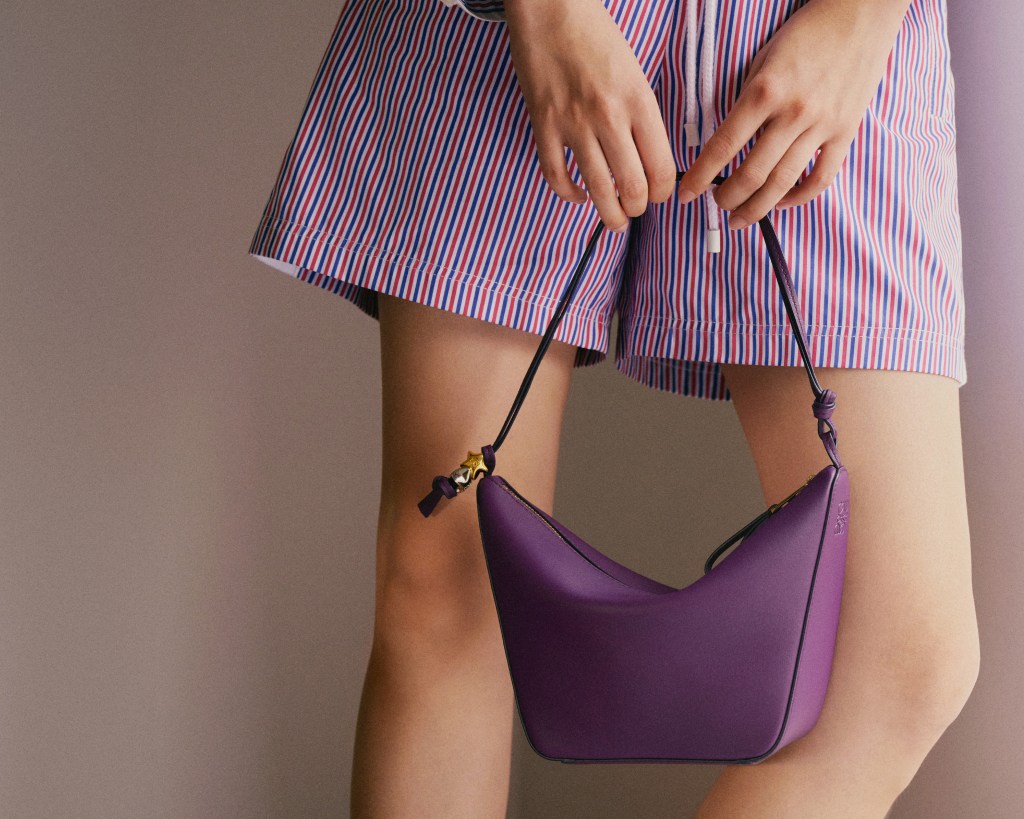
Talk us through the store opening in Melbourne—what was the reasoning for this? Why Melbourne, and why a physical store? Is expanding more retail stores part of LOEWE’s strategy?
What we are doing is innovating while reinforcing consistency, quality and clarity across products, regions, and touchpoints. Gradually we are uncovering and capturing the full potential of the project, seizing one opportunity after the other without compromising on quality or creative freedom. Physical stores, designed 100% in house by Jonathan and our architecture teams and presenting a mixture of art and craft, are at the centre of this strategy, especially in such prime locations as Collins Street. We’re looking forward to continuing the same approach in more cities across Australia, next with Sydney.
The ‘quiet luxury’ trend is going viral online—what do you make of it? Do you think LOEWE is poised to take advantage of it?
Trends between ‘quiet luxury’ and more expressive or branded pieces tend to be cyclical, as well as appealing to different customers as well as different occasions. Most LOEWE iconic bags, RTW and shoes, are branded by design rather than large logo, and these are the primary recruitment drivers for us. However, we also have many very popular pieces which feature our beloved Anagram motif, notably on natural fibre baskets and casual RTW staples such as jeans and tank tops.

What do you make of the luxury market right now, given the interest rate environment? Where do you see consumer demand headed?
Over the past years the luxury category has proven resilient in times of crisis. Over the last few years, we have had to adapt to a more volatile environment with the only certainty being constant change. This has made us more agile in shifting our focus to swift evolutions in customer demand—a good example is the recent return of international tourism, which we’re experiencing now across Europe.
What’s LOEWE’s key focus for 2023 and beyond (say, the next five years)?
Our priorities are threefold: firstly, we plan to keep increasing brand awareness so we can recruit new customers in a wide variety of geographies. Secondly, we are continuing to elevate and expand our product offering, broadening the wardrobe for both women’s and men’s RTW, establishing a full shoe offer and bringing our accessories to their full potential, and thirdly we will increase the perimeter of our stores and keep opening new larger locations. In addition, we will upgrade our strategic resources to be able to face our current and future growth, as well as to provide a lively, stimulating environment for our talented teams.
Look back on the week that was with hand-picked articles from Australia and around the world. Sign up to the Forbes Australia newsletter here or become a member here.
